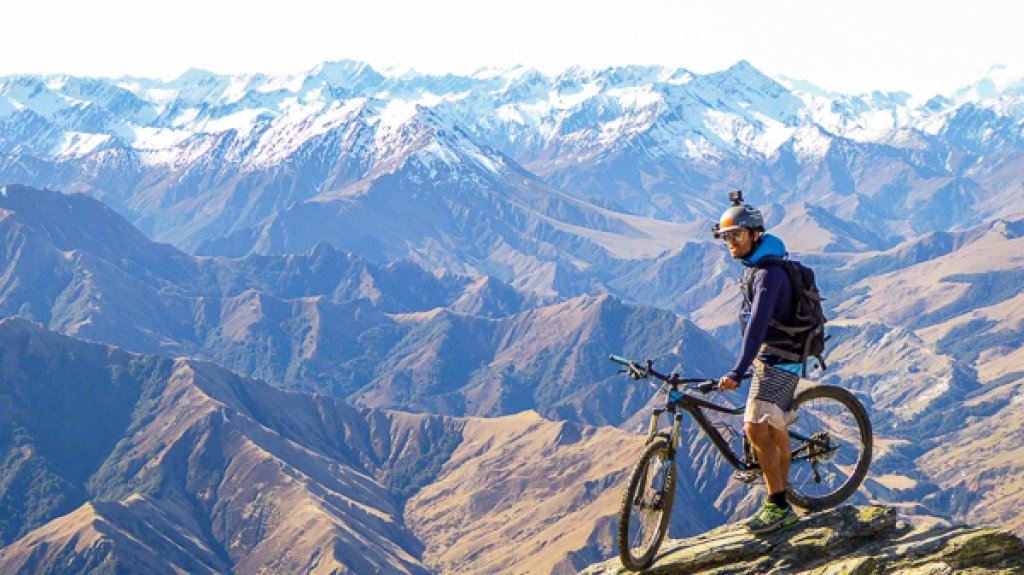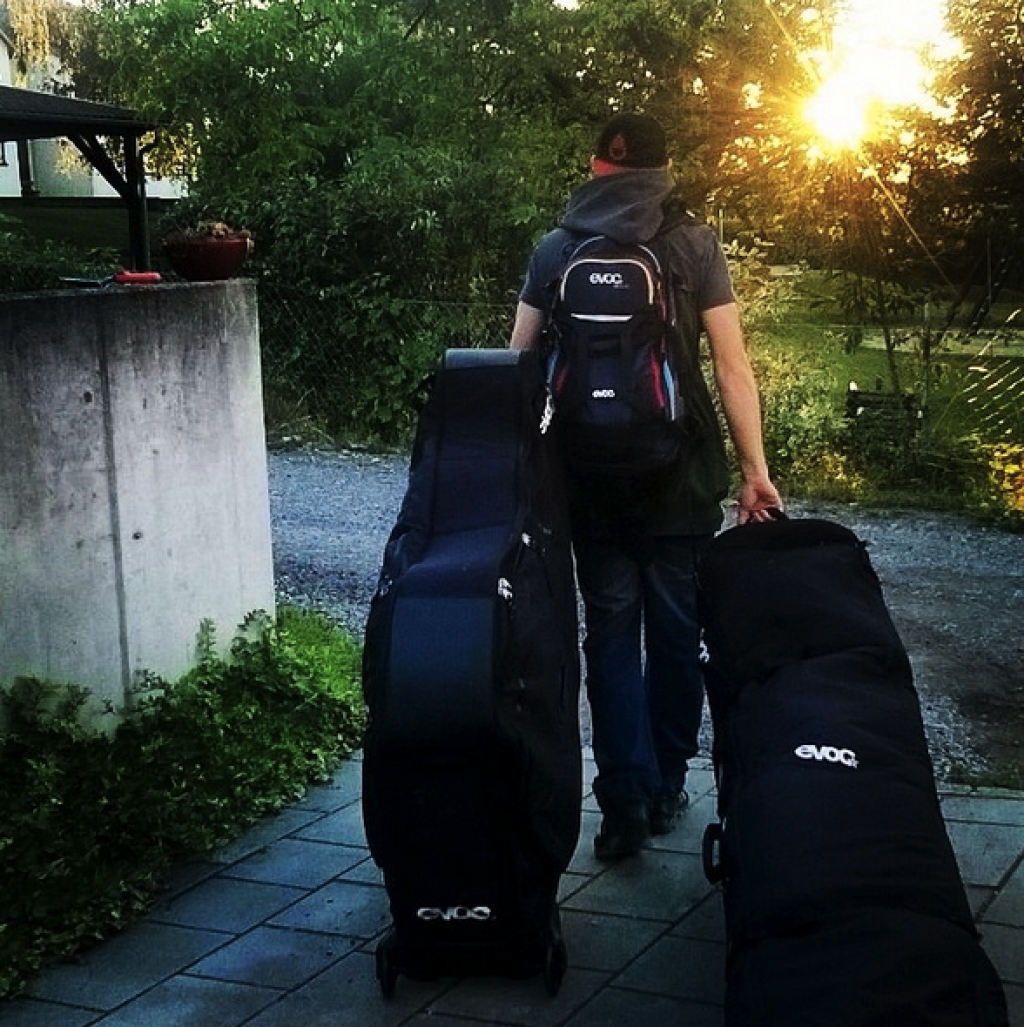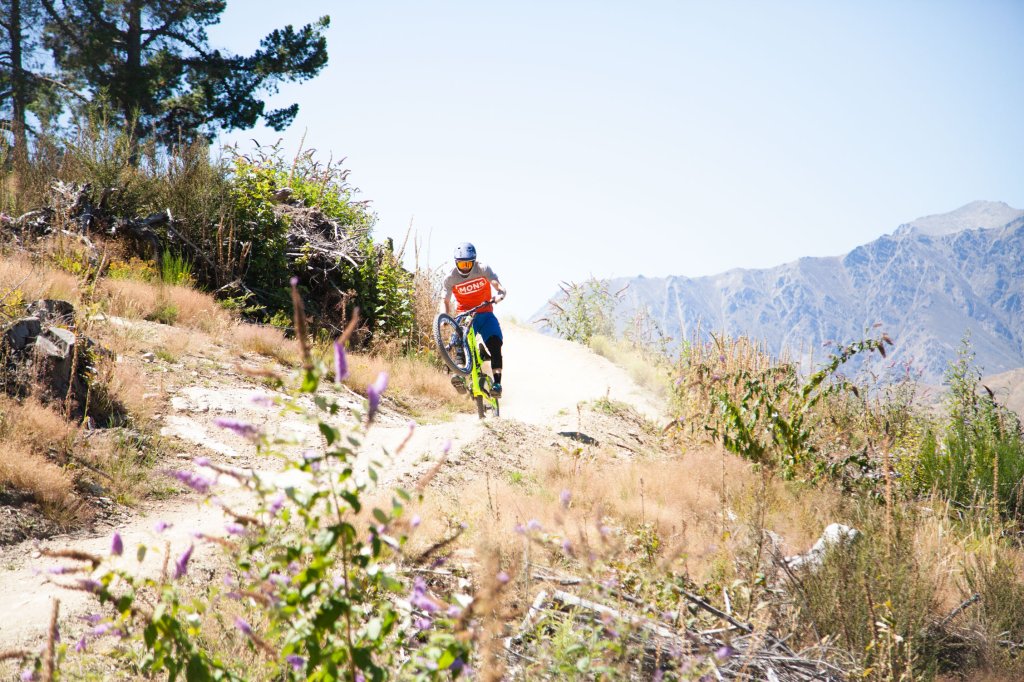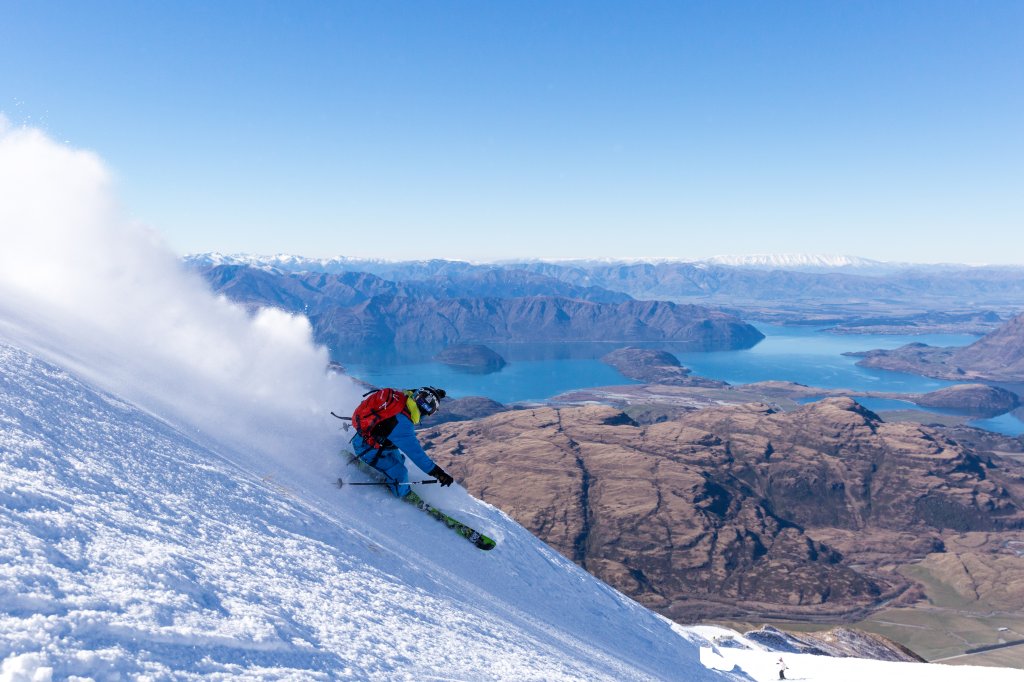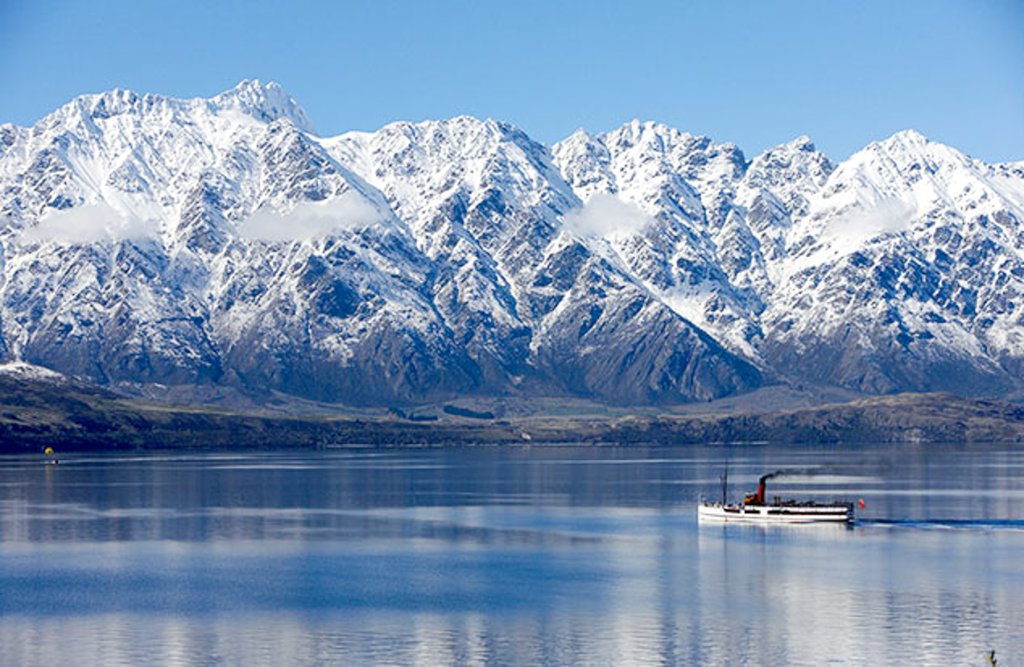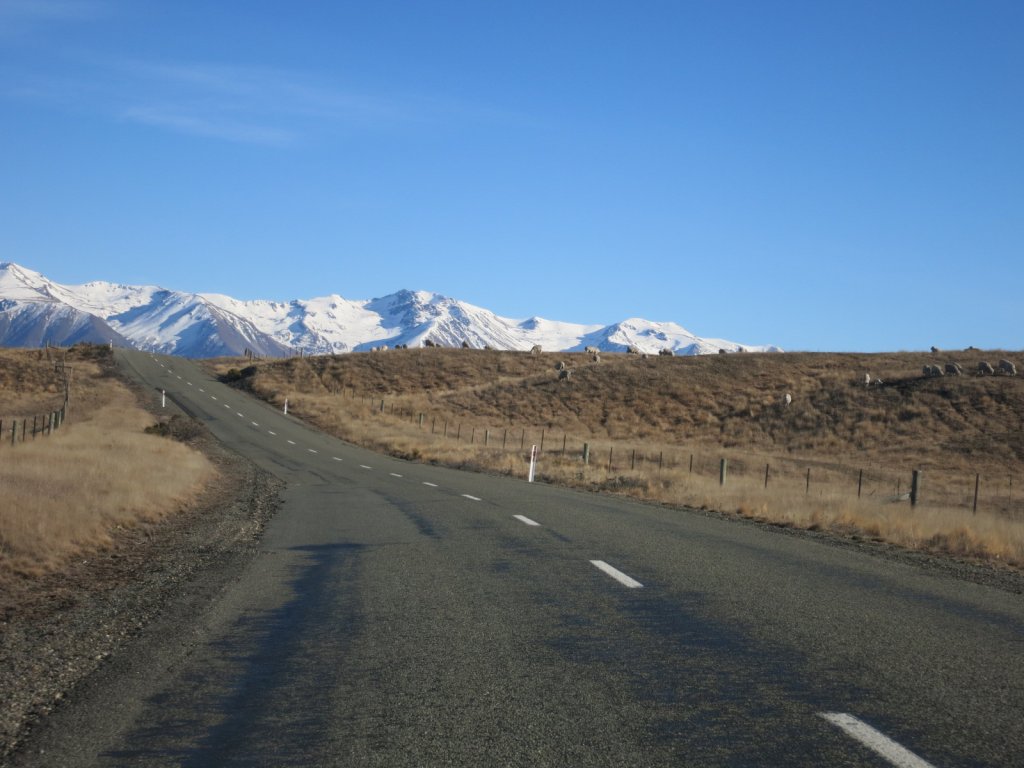With a north-south extension of the two main islands of approx. 1300 km (comparable to Hamburg - Rome), New Zealand has a wide variety of climate zones. In the warm north, white beaches often invite you to swim, while ideal freeride conditions still prevail on the glaciers in the south. At around 1500 meters above sea level, the snow line on the mountainous South Island is quite high compared to valley altitudes of around 400 meters. A promising starting point to spend some good biking days in pleasant temperatures during your freeride trip! What's more, the snow conditions in New Zealand can vary greatly. This means that you will probably not be spared a few down days during a freeride trip anyway. So of course it's a good idea to enjoy the stunning landscape on your bike. In many freeride regions, there are also a large number of good bike trails available, which can usually also be ridden well in winter or spring.
Traveling with skis and bike
In order to be able to travel with skis and bike during your NZ trip, it makes sense to bring at least one set of equipment. Within the free baggage allowance (usually one piece of baggage weighing 23kg or 30kg), many airlines allow you to take a ski or bike bag with you free of charge. If you want to bring both pieces of equipment with you from Europe, it becomes much more complicated and expensive. It is often difficult to find out details about the prices for additional baggage from the airlines in advance. However, you can expect to pay an additional €200 or more for a second piece of sports baggage. In any case, you should avoid buying additional sports baggage at the airport. The prices are then significantly higher and, in the worst case, the airline may refuse to carry the sports baggage (which is why it is always advisable to register any sports baggage with the airline in advance, even if it is part of the free baggage allowance).
Alternatively, you can also rent bikes locally (freeride equipment can of course also be rented, but it is much more difficult to find good and suitable equipment - boots! - to find). In high winter, many sports stores do not have rental bikes in their shop windows, but you should be able to rent bikes in all larger ski resorts in winter on request (we have already been successful at Torpedo 7 in Queenstown, for example).
If you want to bring your own bike, a bike bag is recommended. Transportation is convenient and usually safe thanks to various padding and protective strips. When planning, you should consider the weight of the bike bag. Even very good bags such as the Evoc Bike Travel Bag Pro weigh 8 kg. In combination with a 13 kg bike, the free baggage allowance of 23 kg is quickly exceeded! Lighter, but less comfortable and often not quite as secure, are simple cardboard boxes in which the bikes are delivered to the dealers or shipped when buying online. Your trusted bike dealer is a good source here. I have also seen bold travelers who have packed skis and bike together in a bike box. The skis were simply placed on top of the bike and the part that protruded over the box was also packed in cardboard. This variant saves you a second piece of luggage, but you run the risk that the piece of luggage will not be transported or that you will exceed the permitted weight. If you have enough free baggage allowance, both the bike bag and the cardboard box offer enough space to stow the rest of your bike equipment.
Of course, you can also use many pieces of your ski equipment for biking: The backpack, back protector and water bottle are virtually universal. A helmet without ear pads or inner gloves can also be used on a bike. And if style is not the most important thing for you, ski socks, long underpants and board shorts are good equipment for cooler days on the bike and your ski hardshell combined with a base layer is also suitable for biking.
If you don't want to spend your stay in New Zealand in one place, it is advisable to take ski and bike equipment into account when planning your local transportation (you can find tips on this in the introductory article of our Freeride NZ series). The additional equipment certainly won't make the trip any easier and we can only recommend the option of a large camper with a bike rack (campers are very cheap in NZ in winter and are recommended anyway). Even if you store your equipment in a smaller van or similar, you will regret this decision at the latest when you have to spend a night in a cold car with all your wet equipment after a day on your bike or skis.
